![]()
![]()
![]()
Use LEFT and RIGHT arrow keys to navigate between flashcards;
Use UP and DOWN arrow keys to flip the card;
H to show hint;
A reads text to speech;
15 Cards in this Set
- Front
- Back
|
evaporation
|
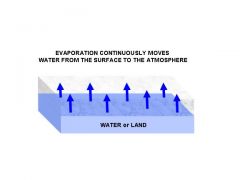
The process by which water molecules in liquid water escape into the air as water vapor.
|
|

What is humidity?
|

A measure of the amount of water vapor in the air.
|
|
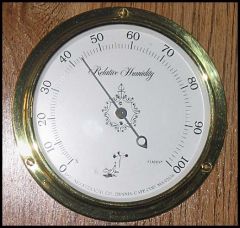
What is relative humidity?
|

The percentage of water vapor in the air compared to the maximum amount the air could hold.
|
|
|
Relative humidity is measured by what?
|
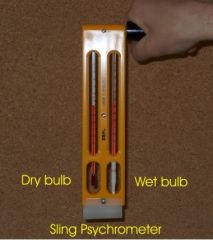
a psychrometer
|
|
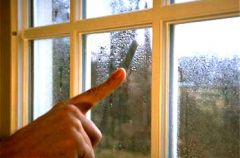
What is condensation?
|

The process by which molecules of water vapor become liquid water.
|
|
|
What is dew point?
|
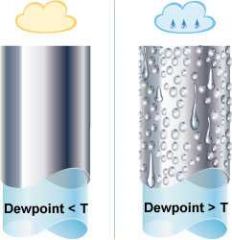
The temperature at which condensation begins.
|
|
|
When do clouds form?
|
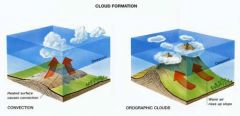
When the water vapor in the air becomes liquid water or ice crystals.
|
|
|
Name the three main classifications (types) of clouds.
|

1. cumulus
2. stratus 3. cirrus |
|
|
Name two characteristics used to classify clouds.
|

1. their shape
2. their altitude |
|
|
Describe "cumulus" clouds.
|
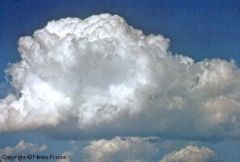
They look like fluffy, rounded piles (heaps) of cotton. They form less than 2 kilometers above ground but may grow to 18 kilometers high.
|
|
|
Describe "stratus" clouds.
|
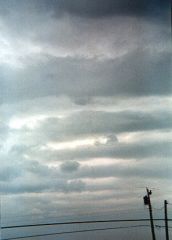
They look like flat (spread out) layers. They usually cover all or most of the sky.
|
|
|
Discribe "cirrus" clouds?
|
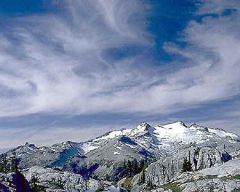
They look wispy, feathery. They are made mostly of ice crystals and form only at high altitudes and low temperatures.
|
|
|
What does the prefix "alto" mean?
|
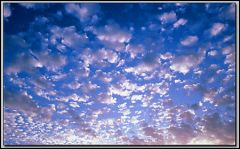
The prefix "alto" means MIDDLE.
(Picture of an altocumulus cloud) |
|

Name the three parts of the water cycle
|
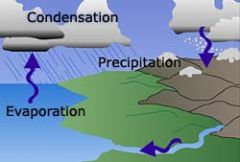
1. evaporation
2. condensation 3. precipitation |
|
|
What does the prefix/suffix "nimbo- or -nimbus" mean (refer to)?
|

precipitation
|

